What Are the 3 Milankovitch Cycles?
Earth revolves around the sun in a roughly circular orbit. But about every 200,000 years, its orbit becomes more eccentric because of the Milankovitch Cycle.
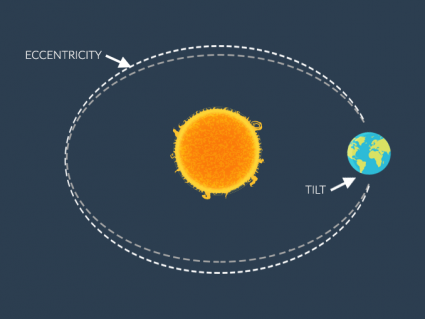
Earth revolves around the sun in a roughly circular orbit. But about every 200,000 years, its orbit becomes more eccentric because of the Milankovitch Cycle.
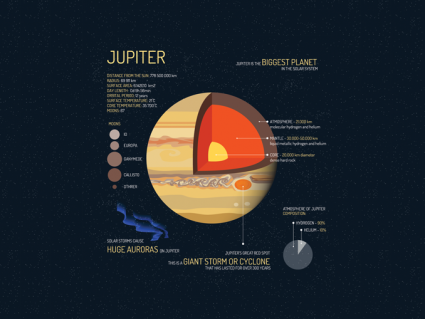
The gas giant known as Jupiter is the largest planet in our solar system. Other interesting facts include its 79 moons, weather patterns and huge auroras.
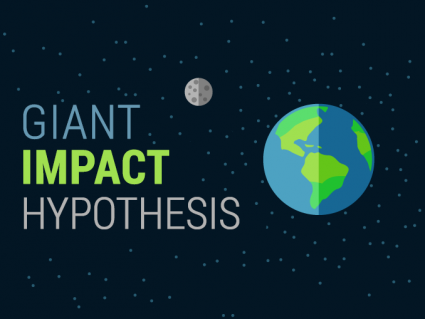
The giant impact hypothesis models the formation of our moon. It starts with a Mars-sized object hitting Earth. This object (moon) still remains in orbit.
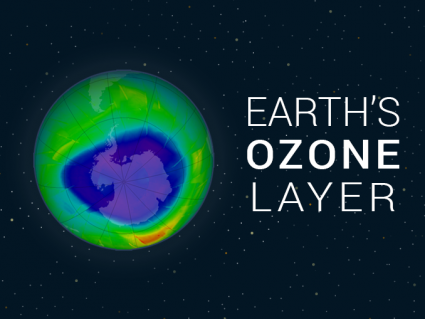
What makes Earth unique is its ozone layer. Ozone is a colorless gas made up of three oxygen atoms which protects us from harmful UV radiation from the sun.

During magnetic storms, trapped plasma flashes lights that are observable around the globe. This disturbance in the magnetosphere is the Aurora Borealis.
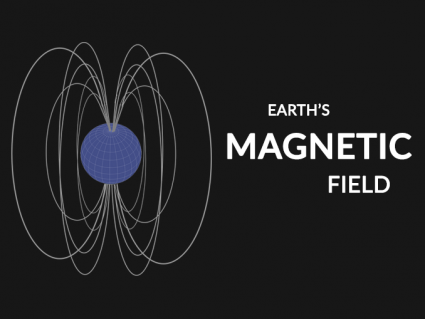
The magnetic field gives us a layer out in space called the magnetosphere. Without it, Earth would be exposed to solar and cosmic radiation.
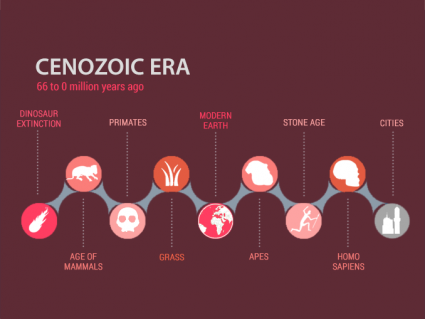
The Cenozoic Era started with the extinction of dinosaurs and moved into the age of mammals.This led to the diversification and increase in size of mammals.
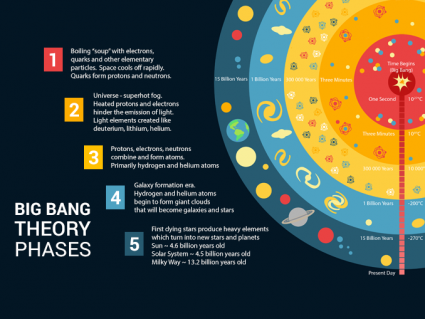
What’s the history of the universe? Follow us on a journey that starts with the Big Bang. All the way to the formation of stars, galaxies and eventually us.
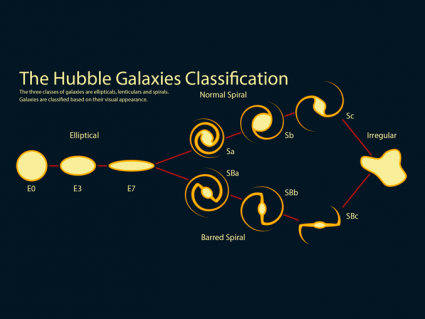
Hubble galaxy classification assigns a class to galaxies based on their visual appearance. These classes of galaxies are ellipticals, lenticulars and spirals
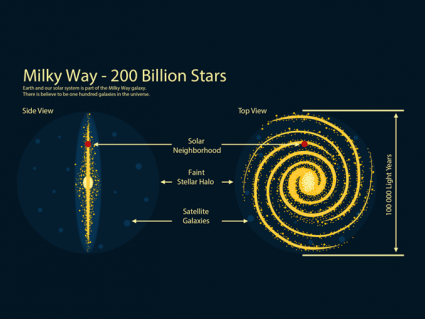
Galaxies are just large accumulation of stars. For example, we live in the Milky Way galaxy. It houses about 200 billion stars including Alpha Centauri.
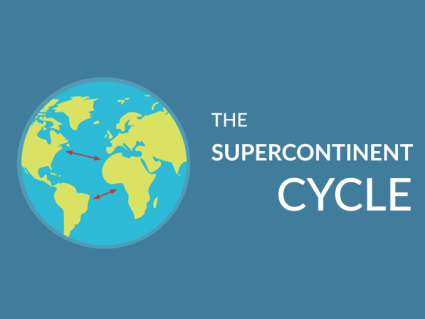
If you went 200 million years back in time, Earth was 1 supercontinent. Now, it’s made up of 7 separate continents. This is the supercontinent cycle at work.
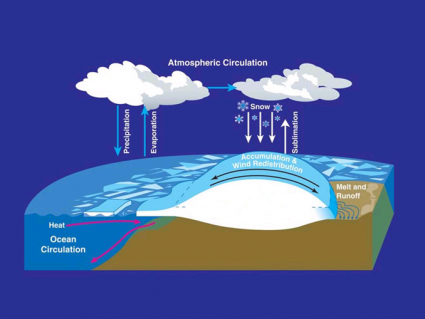
Climate feedback loops either amplify or reduce climate change. Positive feedback loops like permafrost melt amplifies climate change because it releases methane.
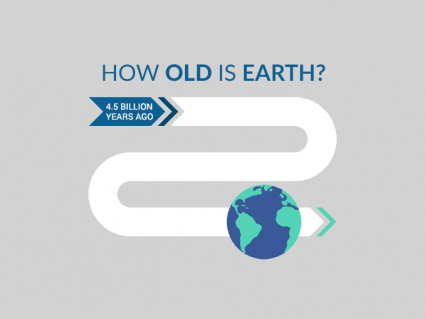
By dating meteorites, we find the oldest rocks are 4.5 billion or so years old. Thus, we conclude the same staggering 4,543,000,000 years for Earth’s age.
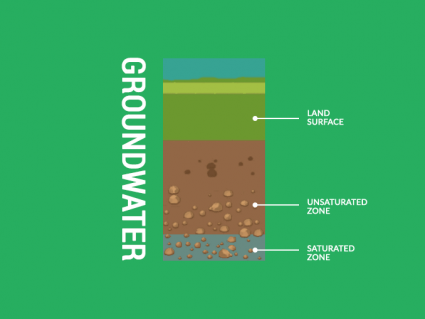
Despite the popular belief that groundwater exists as a huge lake underground, water actually exists in tiny pore spaces within rock and soil beneath our feet.
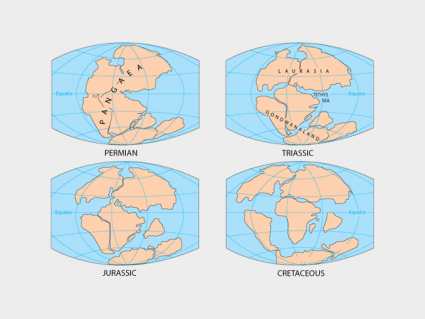
About 200 million years ago, all the continents were together as one giant supercontinent known as Pangaea. Over time, these continents have broken apart.